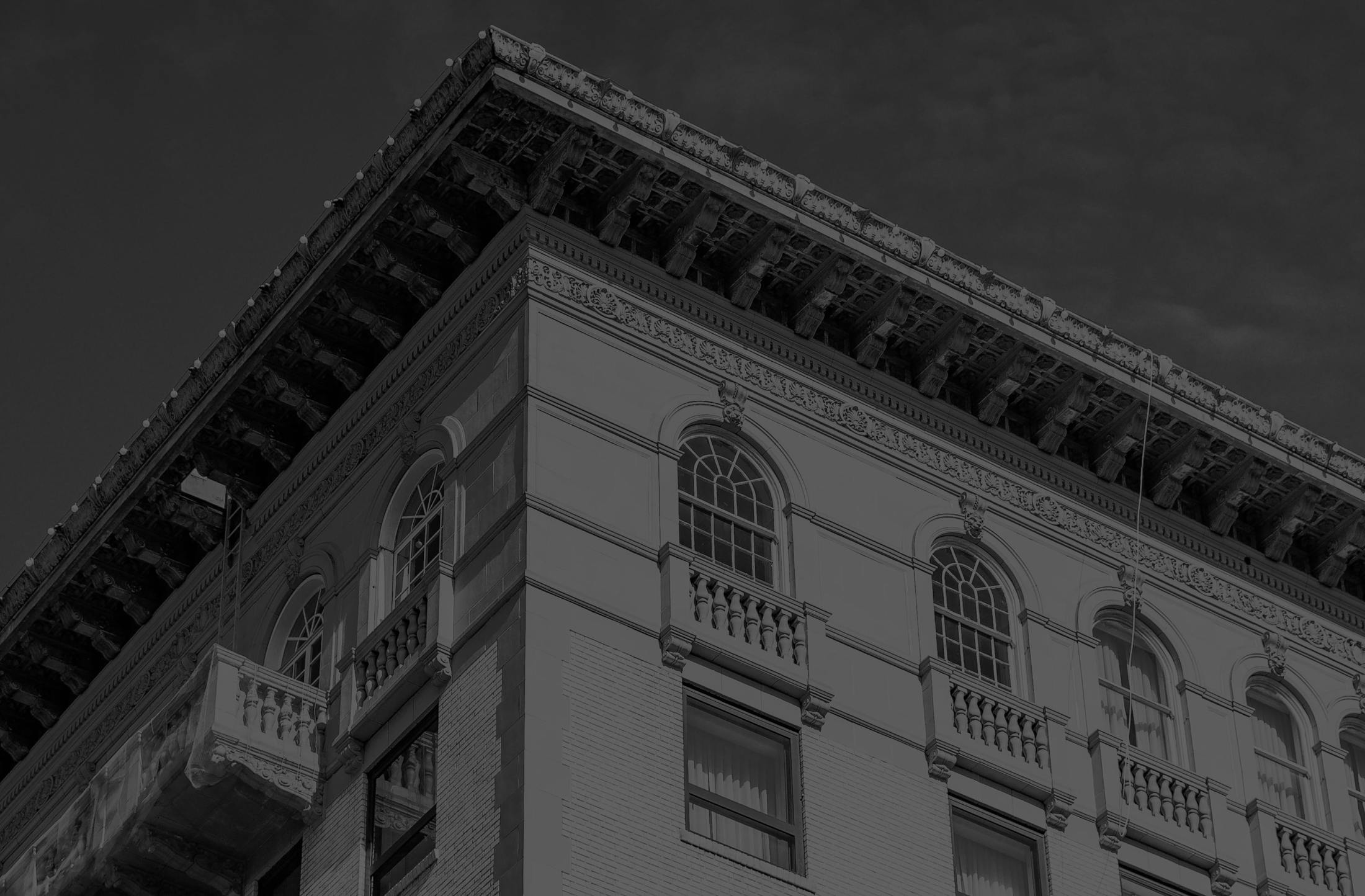Target telltale signs of aging along your cheeks and mid-face region.
The Procedure
Dr. Firouz will perform your mid-facelift under deep sedation. The surgery can take several hours and is done endoscopically using a camera and tiny surgical tools. The incisions are only about one inch long and hidden behind the ears.
Through those openings, Dr. Firouz will manipulate the muscle and elevate the fat pads beneath your skin to smooth your wrinkles, tighten your facial tissues, and plump the area around your eyes. Once he has sufficiently smoothed and lifted your mid-face region, he will close the incisions with sutures.




